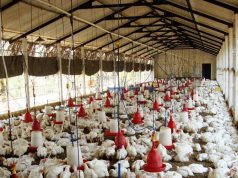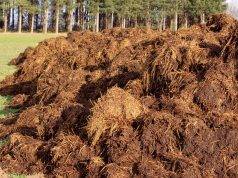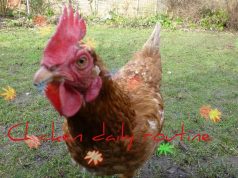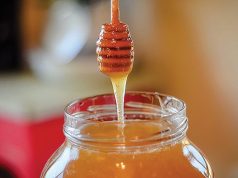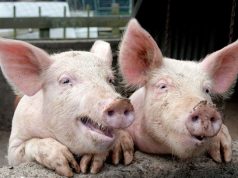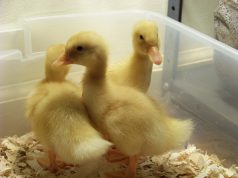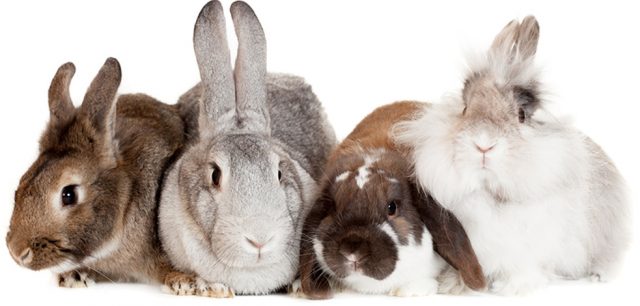
If you are interested in rabbits, here are some information to get to know them better.
Rabbit Reproduction
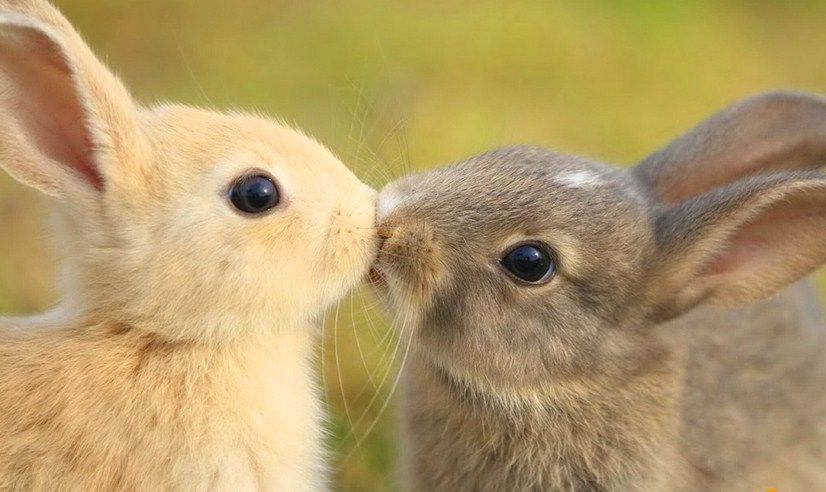
Birth weight: 30 to 80 grams
Eyes open: 7 to 10 days
Weaning age: 6 to 8 weeks
Puberty: 4 to 8 months
Age at which to neuter: after 3 months of age
Interval between neutering and infertility: 29 to 35 days
Litter size: 4 to 10 kits
Rabbit Anatomy
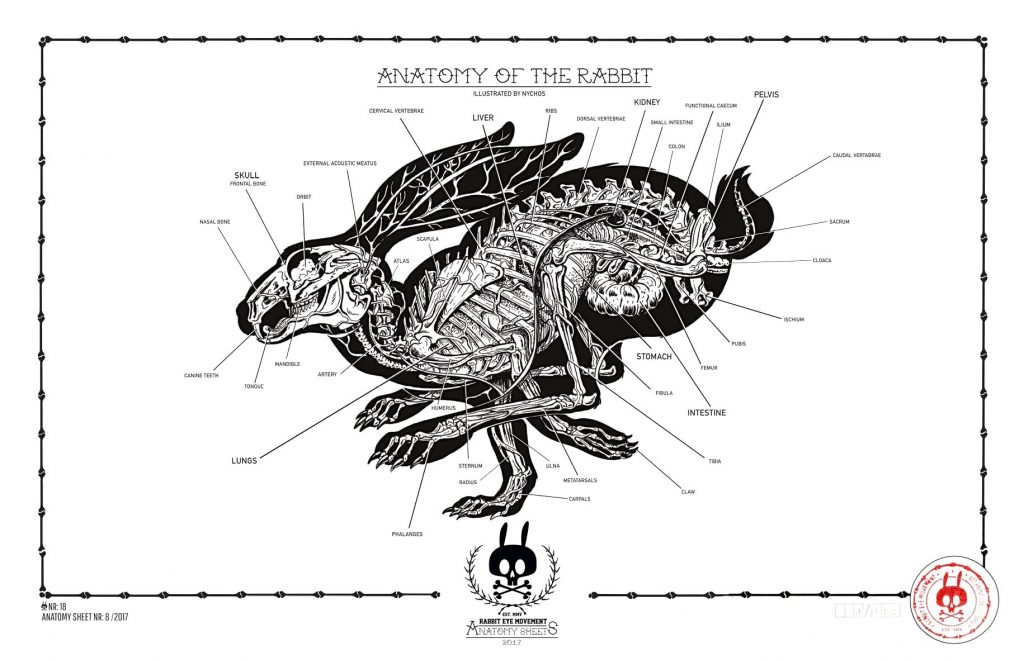
Hind legs: they have strong legs which they use to propel the body forward, up to 35 miles per hour
Hind feet: very long which are used to assist with hopping, leaping, standing and to thump the ground as a warning signal to other rabbits
Nails: very sharp and are used for digging burrows
Tail: cotton-like tail used to communicate happiness, anger, stress, excitement
Ears: cupped and rotatable for better hearing, and also to regulate body heat
Eyes: set on the side of the head for a 360-degree view
Whiskers: a long projecting hair used to feel and help navigate through dark burrows
Nose: used to smell food and predators
Mouth, teeth, tongue: used for chewing food up to 120 times per minute
Upper lip: divided, sensitive and finger-like, used to help feel food
Rabbit Physiology
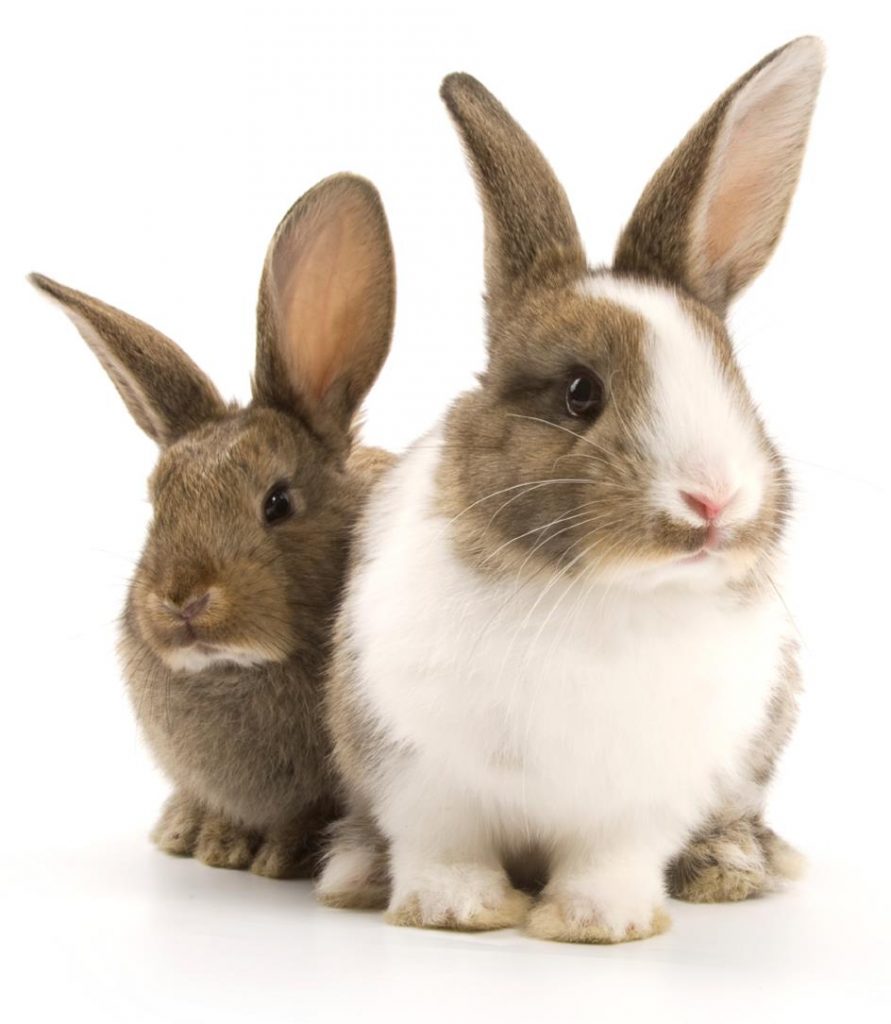
Life span: rabbits usually live from 9 to 12 years
Heart rate: 130 to 135 beats per minute
Blood volume: 55 to 65 millileters per kilogram of weight
Respiratory rate: 32 to 60 breaths per minute
Rectal temperature: 100 to 103 degrees F
Water intake: 50 to 100 milliliters per kilogram of weight per day
Urine volume: 20 to 250 milliliters per kilogram of weight per day
Gastrointestinal transit time: 4 to 5 hours
Dental formula (top): 2 incisors, 0 canines, 3 premolars, 3 molars
Dental formula (bottom): 1 incisor, 0 canines, 2 premolars, 3 molars

